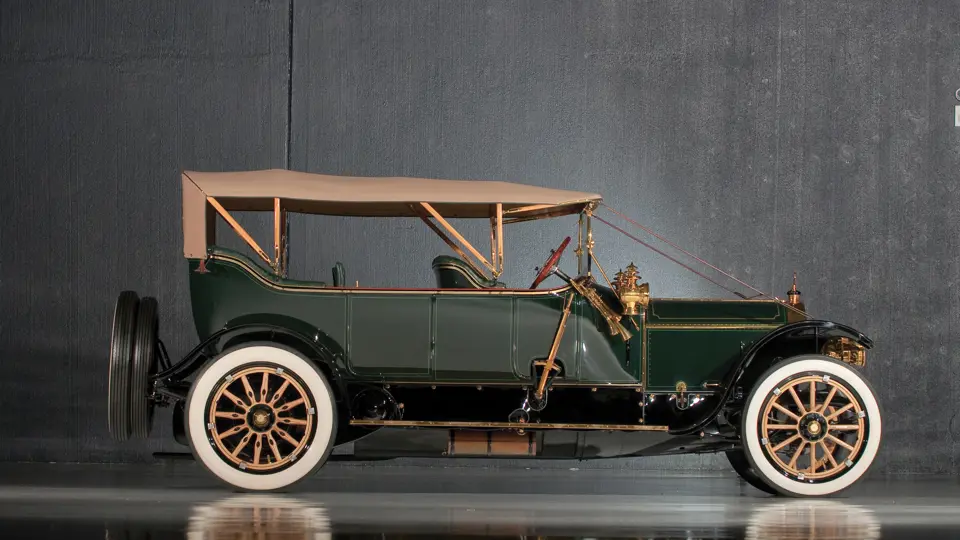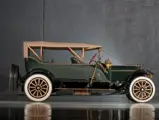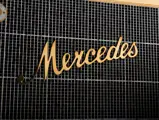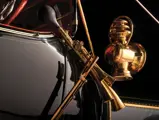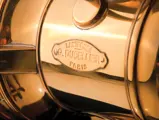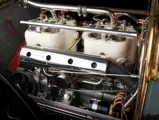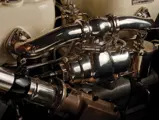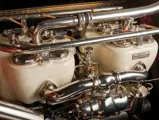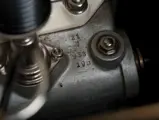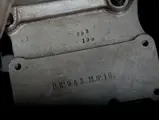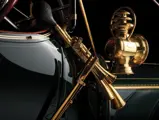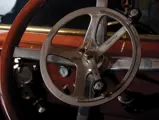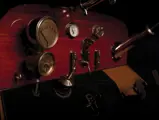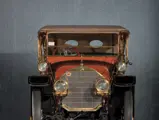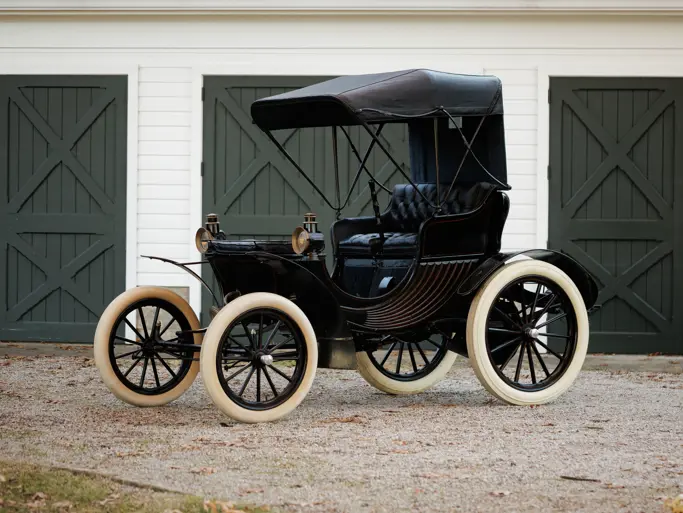
1911 Mercedes 38/70HP Seven-Passenger Touring in the style of Vanvooren
{{lr.item.text}}
$495,000 USD | Sold
{{bidding.lot.reserveStatusFormatted}}
- A spectacular Brass Era powerhouse
- Commissioned by Colonel Samuel P. Colt for a grand tour
- Known history since new, including ownership by B. Scott Isquick and Otis Chandler
- AACA Cup and Pebble Beach Concours Ansel Adams Award winner
- An ideal HCCA and VMCCA tour car
38/70 hp, 9,852 cc inline T-head four-cylinder engine, four-speed manual transmission with double chain-drive, solid front axle and live rear axle with semi-elliptic leaf springs, and two-wheel mechanical brakes on a transmission jackshaft and rear axle. Wheelbase: 138.7 in.
In the aristocratic world of Edwardian society, on both sides of “the pond,” a grand tour of Europe was considered not only a sumptuous social occasion but also an important part of a gentleman’s continuing education. Only by touring Europe’s most treasured museums, cities, and countryside could one refine their knowledge of the great artists. There was much to be discovered about oneself, as well as the intellectual and creative development of mankind in Europe. As such, the grand tour was considered a rite of passage and an important part in the education of wealthy Europeans and North Americans.
At the dawn of the 20th century, nothing would do but to take one’s own grand custom-built automobile along for the grand tour, preferably in the hold of the latest Cunard or White Star Line ship and accompanied by a trusted chauffeur and footman. It would have to be big and brawny, powerfully built, and capable of going wherever its adventurous owner willed it. Yet, it also had to have the elegance that only a bespoke coachbuilt automobile, dripping with brass, carries about it.
Offered here is the automobile that one man chose for the grand tour.
COLONEL COLT’S MERCEDES
Samuel Pomeroy Colt, nephew of the famous arms manufacturer, was born in Paterson, New Jersey, in 1852. Known to family and friends as “Pom,” he established the Industrial Trust Company, a commercial bank that later became part of Fleet Bank, which eventually merged with Bank of America. Colt, who was a successful lawyer, was also appointed receiver of the National Rubber Company, which he reorganized and merged with other companies that he had acquired, forming the United States Rubber Company, the ancestor of today’s Uniroyal. Simply put, many of today’s great industrial powerhouses were sent on their way to success by Pom Colt.
The attorney and businessman also dabbled in politics, representing his home city of Bristol in the Rhode Island legislature. He was elected Rhode Island’s Attorney General in 1882 and ran unsuccessfully for governor as a Republican in 1903. He was a progressive politician who advocated for child labor laws and advanced the cause of property rights for women. He served as aide-de-camp to Govenor Henry Liggitt and was given the honorary title of Colonel as a result.
While planning a European tour in 1911, Colonel Colt ordered this new 38/70HP Mercedes, chassis number 13496, through the agency in New York. The well-equipped chassis, outfitted with a hill-holder, exhaust cut-out, tools, and instruments, was consigned to Carrosserie Vanvooren, a Parisian coachbuilder established in 1910 by Achille Vanvooren. Over the years, this famous shop would serve as a de facto supplier of “house” bodies for Hispano-Suiza, and it would also provide stunningly designed coachwork for Bugatti, Rolls-Royce, and Bentley, including the Georges Paulin-designed Bentley Corniche prototype of 1939.
The Colt family arrived in Paris in June 1912, accompanied by their chauffeur, J. Floyd Heustis. There, they took delivery of their Mercedes and completed the planned grand tour. When the family returned home, the car was left behind, to be employed on future visits to the continent. Indeed, in 1914 Colonel Colt returned to Europe, only to have his trip cut short by the outbreak of World War I. His car was requisitioned by the French Army for staff use. Fortunately, Colonel Colt received it back at war’s end, and after having it refurbished in the Vanvooren shops, he shipped it to America for use at his family residence in Rhode Island.
Colonel Samuel Colt passed away in 1921, but the Mercedes remained with his family for another 15 years. It was driven frequently by Heustis, the trusted chauffeur, in Bristol’s renowned Fourth of July parade, the oldest continuous independence celebration in the nation. In 1937 Ralph Kinder, a Bristol florist, arranged to purchase the car from the Colt family’s former secretary for all of $100. Kinder, in turn, sold the Mercedes to Ralph Pewsey, a fellow car collector and early AAA racer.
Webster Knight II, an Ohio gentleman known for his passionate enthusiasm for Simplexes, acquired the car from Pewsey’s estate and maintained it until his passing in 1967. It was acquired from his estate by B. Scott Isquick, another well-known enthusiast, who was known for his love of Brass Era Mercedes and for driving the hardy cars in numerous modern-day tours.
While in Mr. Isquick’s possession, the car suffered the misfortune of a fire in the early 1970s, but restorer Dale Adams ministered to it for some 12,000 hours to return it to original condition. The engine block had cracked, but it was repaired and baked with ivory vitreous enamel, and in the process, it was bored out slightly, adding nearly an additional liter to its original 8,950-cubic centimeter displacement. A retrofitted electric starter was removed at that time, and Adams painstakingly remanufactured any missing and damaged components. A brass-bound varnished wood tool box from the left running board was able to be reunited with the car following four decades of absence.
The restoration of the Mercedes earned it AACA Senior National First Prize honors, as well as the AACA Cup, for an outstanding restoration of a pre-1921 vehicle. In 1994 it was brought to the Pebble Beach Concours d’Elegance, where it was awarded the Ansel Adams Trophy and finished Third in Class.
Renowned collector Otis Chandler eventually succeeded in purchasing the Mercedes from Mr. Isquick. Mr. Chandler, who had already built and sold the world’s finest collections of classic cars and muscle cars, was embarking upon a new challenge, a worthy collection of Brass Era beasts, and this was an important acquisition. It remained in his ownership until his passing in 2006.
Colonel Colt’s Mercedes remains outstanding in all aspects. The paint, wood, and brass are all in excellent condition, and the buttoned black leather upholstery is nearly perfect. The wheels and whitewall tires are superb. Yet, without question, one of the most outstanding aspects of this Mercedes is the simple fact that it remains one of the most powerful, mechanically impressive of all chain-driven Brass Era touring cars. The T-Head engine delivers over 70 horsepower, making it one of the largest motors of its time, not to mention rare, and in 1911 few cars could compare with the combination of power, speed, and sophistication that this Mercedes would have offered.
For HCCA and VMCCA activities, continued concours participation, or a modern-day grand tour, there simply is no better alternative to Colonel Colt’s fabulous high-horsepower Mercedes.

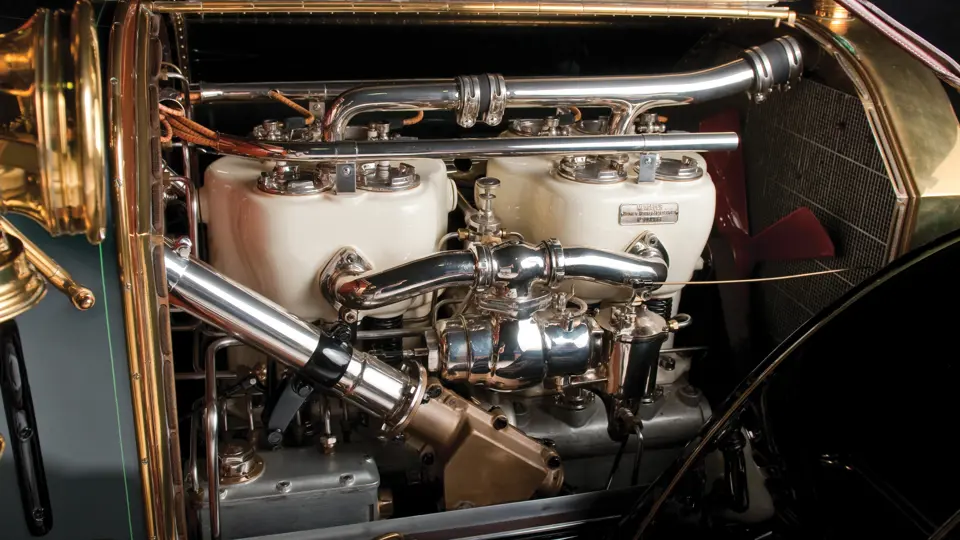



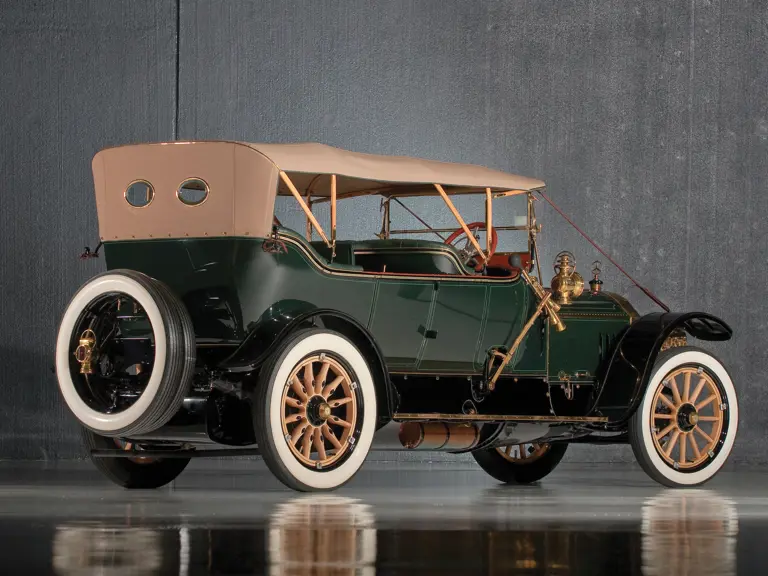
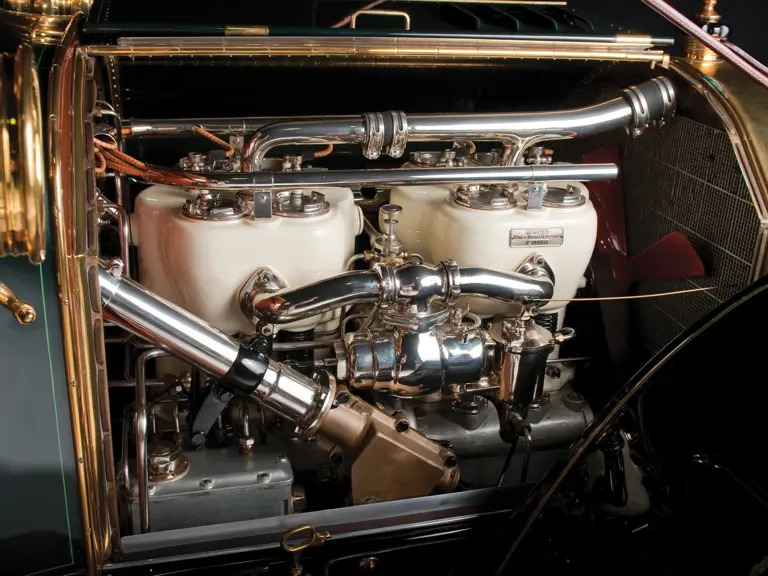
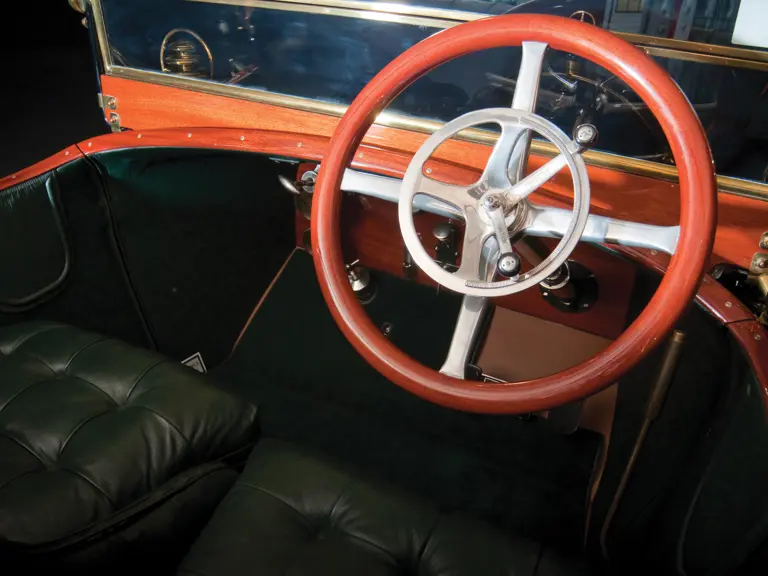
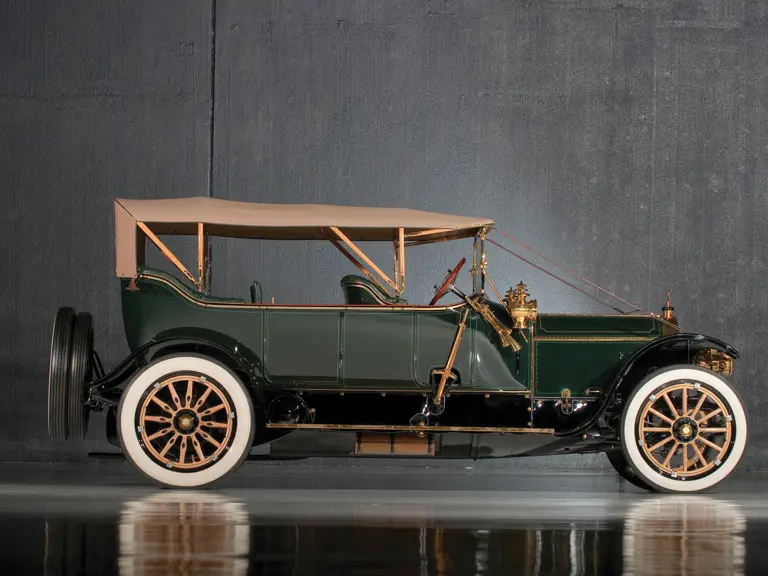

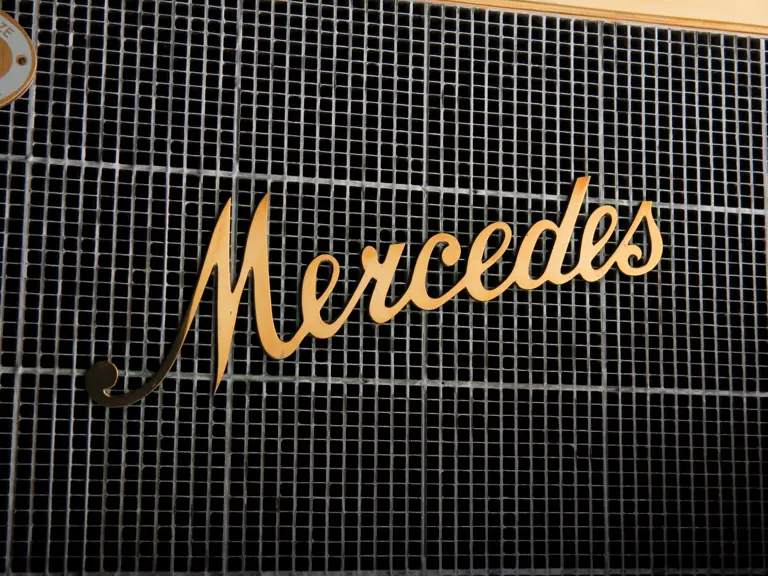
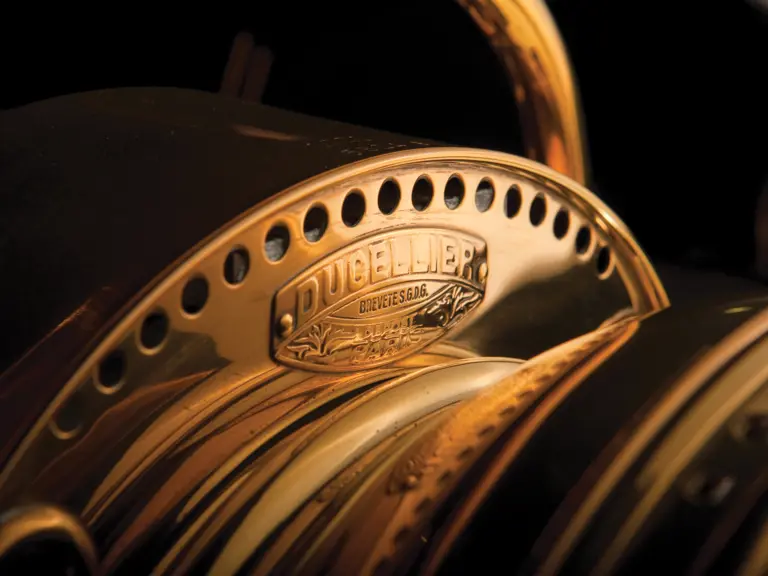
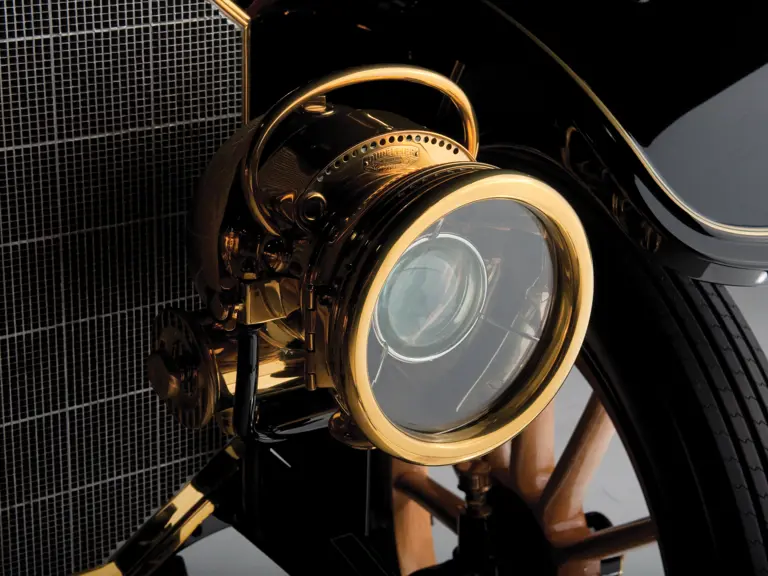

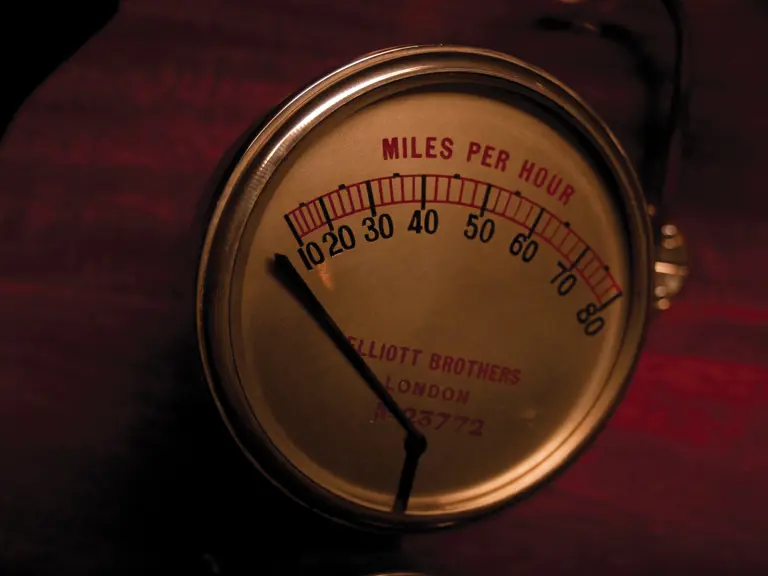
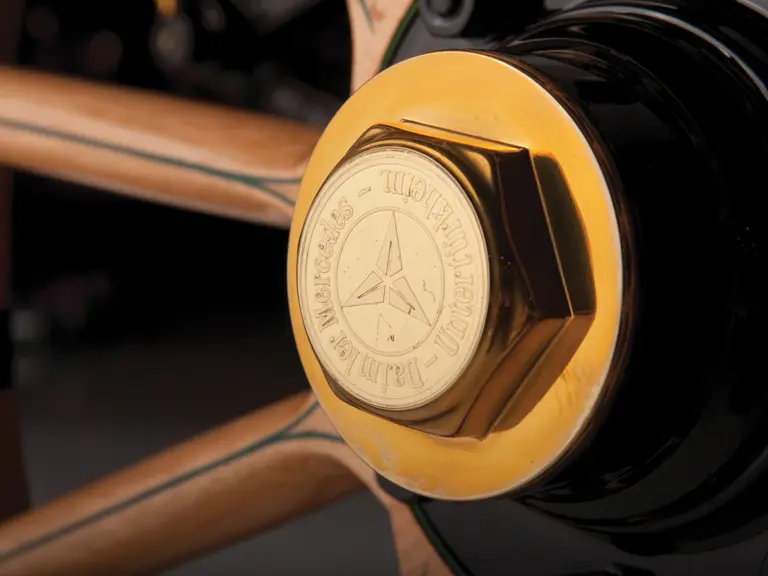


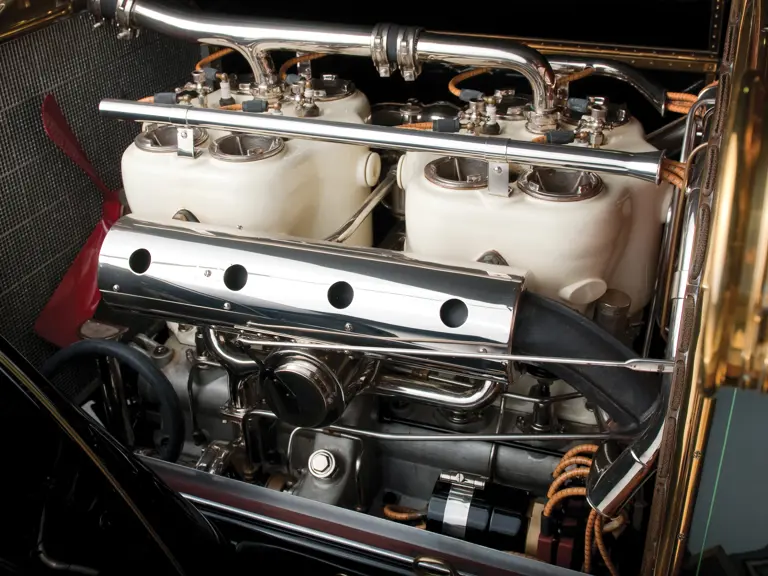


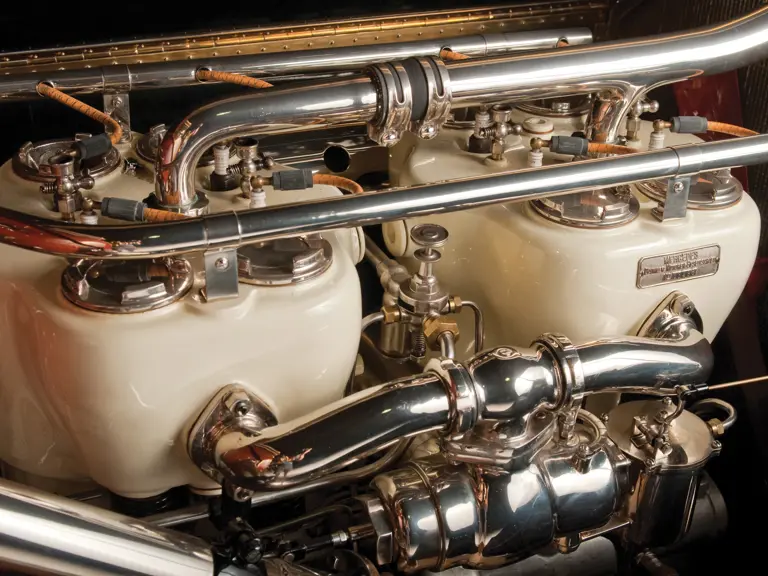
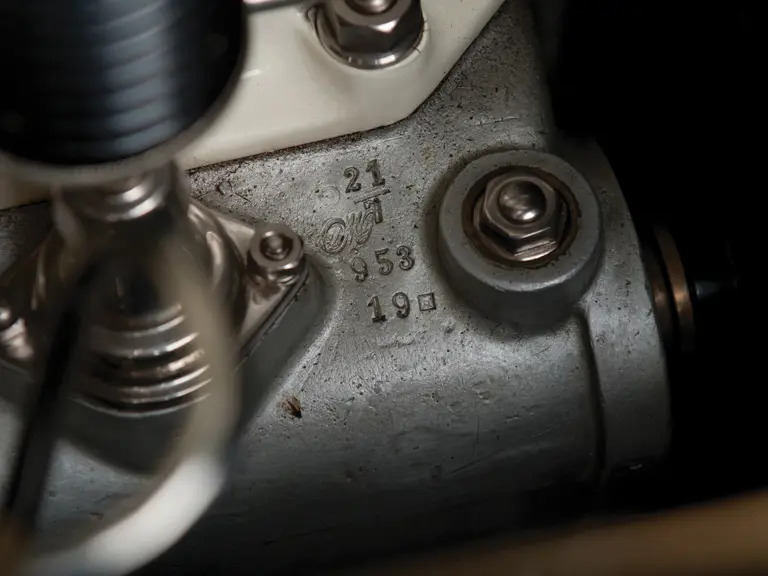
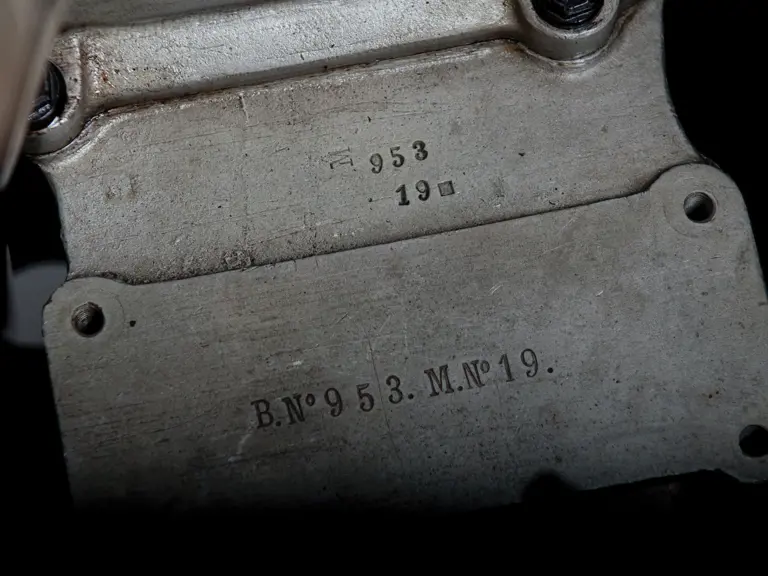
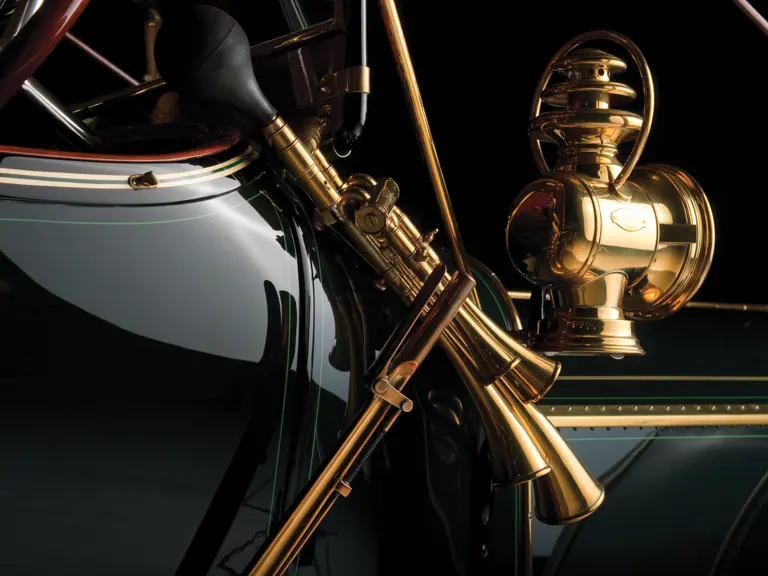
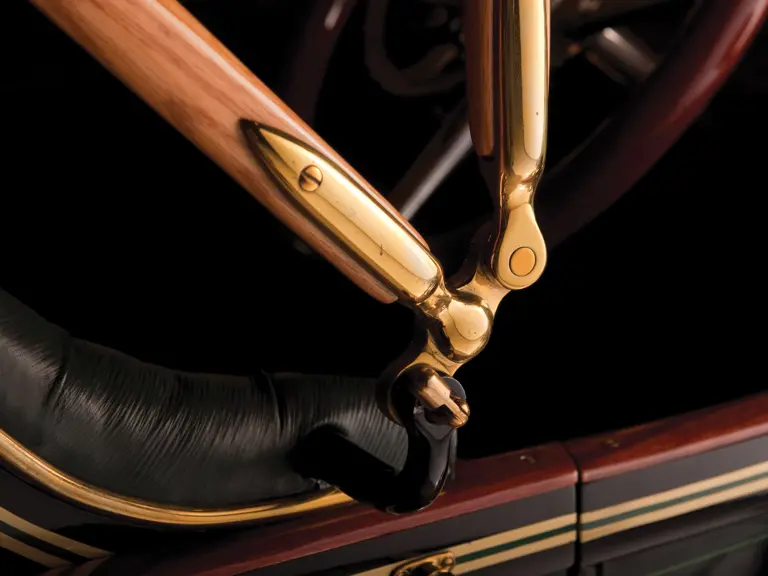

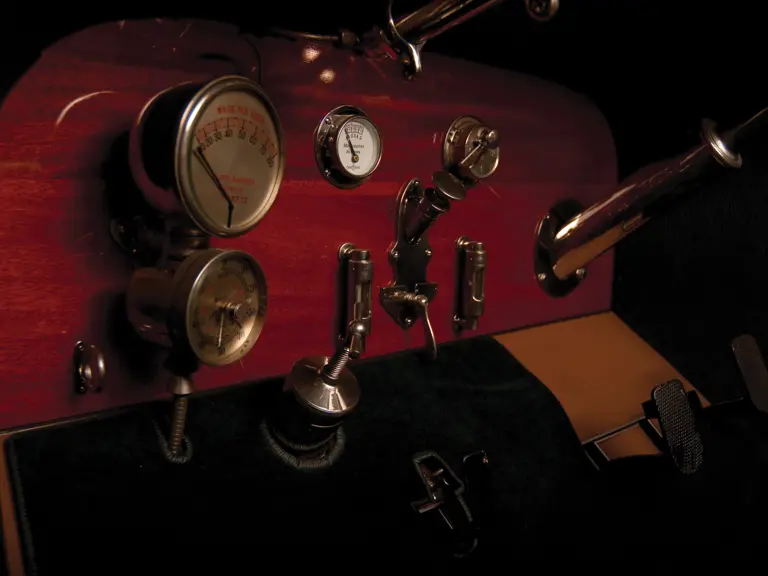

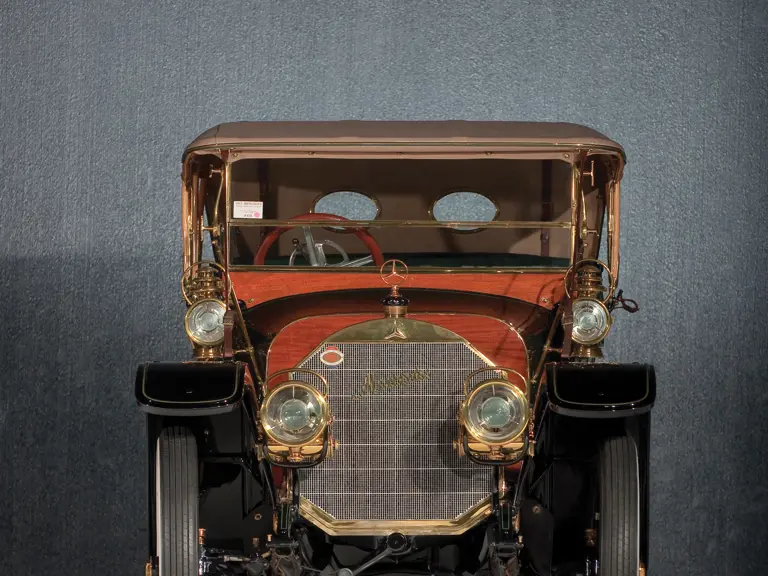
 | Plymouth, Michigan
| Plymouth, Michigan
